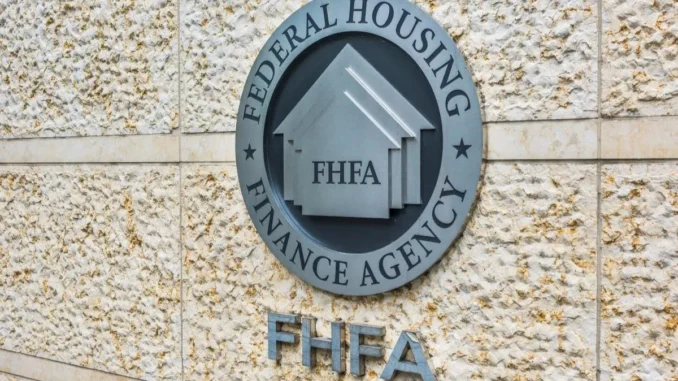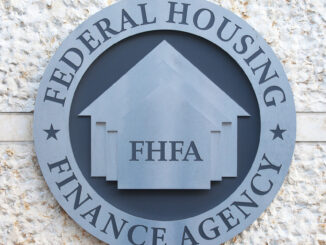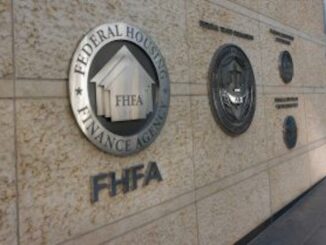
The Federal Housing Finance Agency (FHFA) this week released its annual Housing Mission Report, offering insights into the actions the agency took in 2023 on a host of issues.
These include oversight of the government-sponsored enterprises (GSEs) Fannie Mae and Freddie Mac, mortgage purchases designed to improve affordability for low-income homeowners, vendor partnerships and investments in the Low-Income Housing Tax Credit (LIHTC) program.
All told, the GSEs purchased more than 136,000 single-family mortgages to low- and moderate-income homebuyers last year through the HomeReady and Home Possible programs. They also added “enhancements” to the programs themselves, including the addition of “a credit of $2,500 for very low-income borrowers that lenders must pass through to borrowers by applying it to the down payment or closing costs,” the report stated.
The GSEs also purchased 15,000 Special Purpose Credit Program (SPCP) loans “through both lender-sponsored initiatives and their proprietary SPCPs.” These are designed to support homeownership efforts for borrowers in underserved communities.
Through the HomeReady First SPCP, Fannie Mae acquired 921 loans with a total of more than $5 million in down payment or closing cost assistance, the report stated. Seventy-nine percent of participating borrowers self-identified as “members of historically underserved groups.” Fannie also purchased 4,747 loans through lender-sponsored SPCPs in which 81% of borrowers self-identified as part of such groups.
Freddie Mac’s BorrowSmart Access SPCP saw the acquisition of 2,462 loans “with close to $4 million in down payment or closing cost assistance,” according to the report. The GSE also purchased 6,828 loans originated through lender-sponsored SPCPs. More than half (57%) of these loans were “obtained by underserved borrowers.” Nearly 9,300 households took advantage of either Freddie Mac’s program or its support for lender-sponsored SPCPs.
Stemming from its equitable housing finance plans, FHFA also oversaw the GSEs’ partnerships with certain vendors to make more rent-payment data available to credit bureaus from participating multifamily housing property owners.
Rent payment data gives renters a more efficient avenue to either establish or strengthen their credit profiles. Nearly 3,000 multifamily properties were added last year to the GSEs’ programs. Through Fannie Mae, 27,845 renters established credit profiles while 117,182 renters strengthened their existing profiles. Freddie Mac had 55,300 renters establish profiles and 304,194 strengthen them, according to the report.
The GSEs also “invested over $1.7 billion last year in [LIHTC] equity, including transactions that support housing in Duty to Serve-designated rural areas, preserve affordable housing, support mixed-income housing, provide supportive housing, or meet other affordable housing objectives.”
More than 90% of these LIHTC investments by the GSEs, or some $1.6 billion, were made in “targeted transactions,” meaning they were investments that either support housing in Duty to Serve-designated rural areas or “meet other affordable housing objectives defined by FHFA,” the report explained.
“FHFA maintains a keen focus on ensuring the entities we regulate fulfill their missions to support access to housing opportunities in a safe and sound manner,” FHFA Director Sandra Thompson said in an announcement of the report. “Ongoing affordability challenges throughout the country only heighten the importance of this responsibility.”



